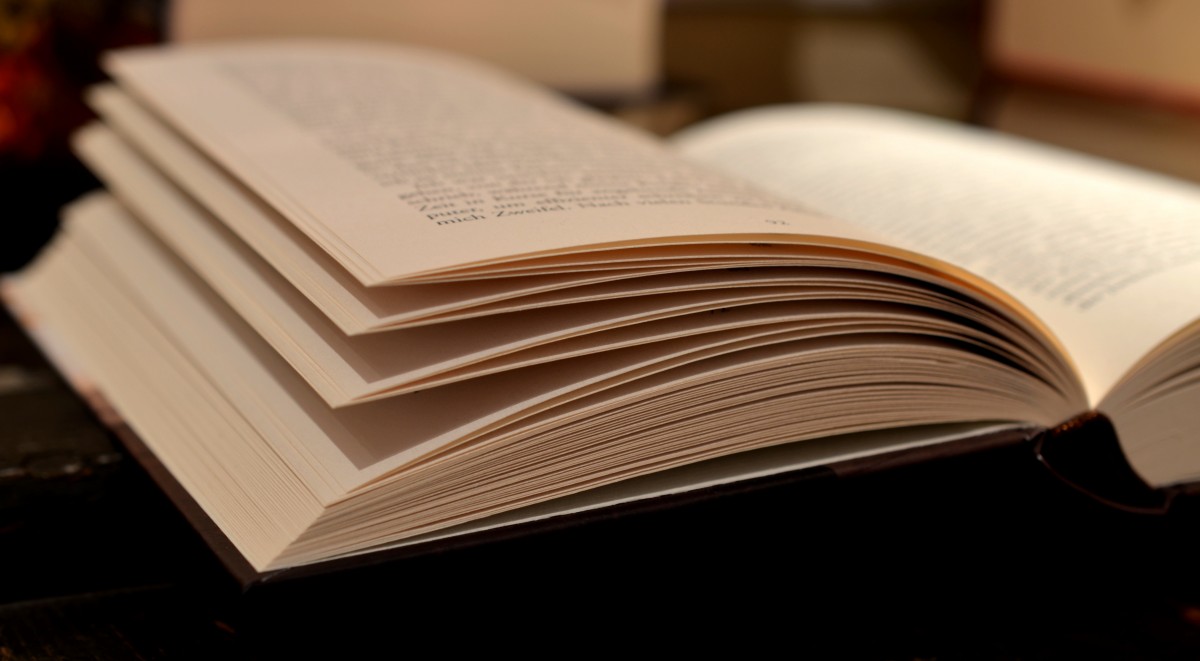Writing on empty: the importance of reading in writing
“Writer’s block” is a funny sort of creature, and one that every student consistently engaged in writing inevitably runs into at some point in their academic careers. It’s that elusive feeling of linguistic choking, a kind of verbal clot of words, and truly it is just absolutely dreadful every time it is encountered. It’s as if everything we’ve learned in our writing classes simply disappears from our minds, and so we are left forlornly staring at our computer screens, the little bar blinking on and off with an infuriating innocence on the still completely blank page.
So how does one fight such a development? Well typically we’re advised to take some time away from the keyboard before returning to the fray. This alone, however, is not always good enough. Let us suppose for instance that I have left the keyboard to blankly watch the linoleum curl off my bedroom floor. Not a lot of productivity is to be expected if the mind is not active. Consequently, I’ve found this practice to be useful only insofar that one is spending the time away in a manner conducive of thought reconstitution. Not to say that it is impossible for inspiration to strike based on the sight of linoleum curling, but there are certainly more reliable ways to induce such a result.
Now what am I referring to?
In Creative Writing Club, we’ve recently begun a practice of selecting certain readings rather than simply writing nonstop. Last time, we’d chosen a deeply confusing piece by Samuel Beckett known as Waiting for Godot (several of us are still digesting that one). Next on the list is the famed Edgar Allen Poe short story known as The Masque of the Red Death.
What is needed to counter writer’s block is not only some time away from the keyboard, but a time of literary intake, of reading. I am currently of the firm belief that in all creative works, one cannot have output without input, and this stands especially true for writing. It’s why for so long we as a school have had reading and writing as two separate sub-components to English class; indeed for Middle School I’m of the understanding that the two are literally separate classes. The act of creation is not simply to create “new things”. In fact, I’m of the belief that there is no way to actually create completely “novel ideas” — instead, every new idea is a recombination of old ones, of past observations. It is therefore important to have plenty of old ideas and experiences to draw upon. In the words of Jada Xu (10B), who’s already working on her second full-length book in the club, “Reading is the process in which I take in the ideas of others, to understand, analyze, and be inspired by them. This knowledge can then be…changed and altered into something completely different and unique.”
This is what we mean by inspiration: it may not necessarily be the instantaneous light-bulb ding we’re all hoping for, but sometimes we can open a book or periodical and find in it little stylistic quirks and verbal flourishes that are particularly endearing. We may discover new ways to organize our writing, or new argumentative methods that set forth theses in far more effective ways than we’d known of before. In the best case scenario, we may even come across previously unknown ideas, new theories, and notions that are simply, to put it bluntly, “mind-blowing”. The point is, there are plenty of remarkable things to be found in what other creators put out, and it is by studying and synthesizing them that we find new material to recombine into our own unique creations. Thus, if we are to expect ourselves to constantly produce writing, whether in academic, literary, or journalistic forms, it is vital that we ensure we are constantly consuming writing.
Featured Image courtesy of a user at PXhere


WOO! Great convention to solve this issue. Dude you should go on TEDx for this lel.
Thanks, Chad!